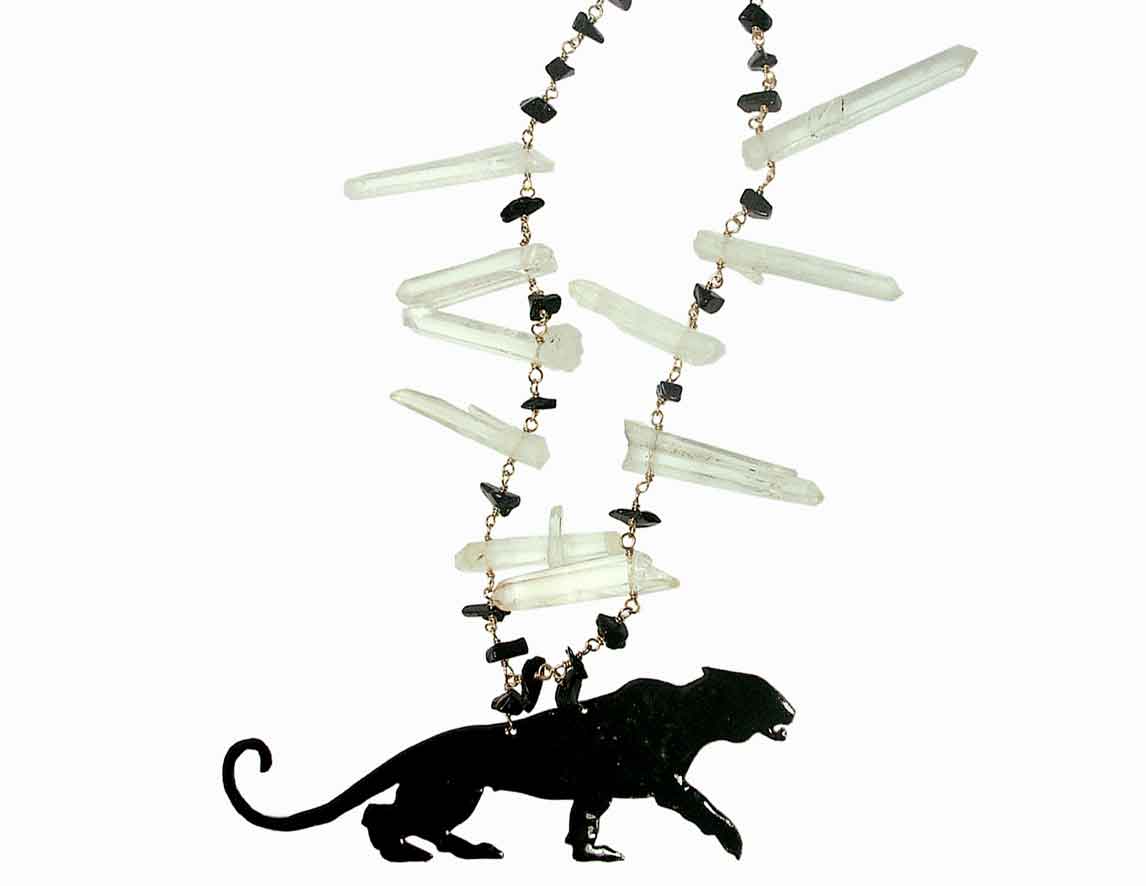

Enamel is a wonderful technique that allows all the follies of shapes and colours. I learnt it for 2 years with the Art Workshop of Paris, and I practice it from the very beginning of my collections.
The enamel is glass reduced in powder molten on a metal base. Glass is a fragile material but ally to metal it is very durable. To handle the volatile glass powder, it is mixed with water, which allow to put colours next to each other without getting mix.
The enamel melt, depending of its colours, between 700° and 900°C, so it is customary to cook one colour after the other, according to their degrees of fusion. But as piece is cooked to many time, the metal runs out. Especially when the piece is small. I usually prefer to calculate an average temperature, which develops sometime some interesting texture effects, such as with a little under cooked, the enamel will have a rougher surface
The metal can be copper, silver or gold. Copper is the metal that I use more easily, but the enamel on silver gives some intense blue-green tones, like water, and it seems that gold gives wonderful red. I sometimes incorporate silver leaf under transparent enamel, that makes the light and the reflection even brighter. Soon, I'll try the gold leaf.
The shapes are cut with a saw in a thin metal plate of less than 1mm. I get the "trait" everywhere around, a newspaper or a 18th century compilation of silhouettes. Sometimes I hammer the pieces before enamelling, sometimes I prefer to keep the stiffness of the metal.
There are two kinds of enamel : opaque colours, very fifties and transparent colours with a wider range of pastel. I mostly use opaque colours, maybe also because the transparent colours has to be placed on a specific enamel, which multiple manipulations.
Compared to ceramic, cooking is extremely fast. Once the oven is hot, beautifully red, I put the piece in the oven. It stays for around 1 minute and comes out bright red for a few second. To prevent the glass to merge with the oven, I have to suspend the piece on a metal supports, sometimes leaving traces behind, called "marks of the kiln".
Although it is usual to lay the enamel very thin, I like to put it in a thick layer, which increases the opaque colours and brings relief. Also some piece have a back slightly darker or much lighter. If this is not specified in the description of the jewel, it is that both sides are relatively equal.